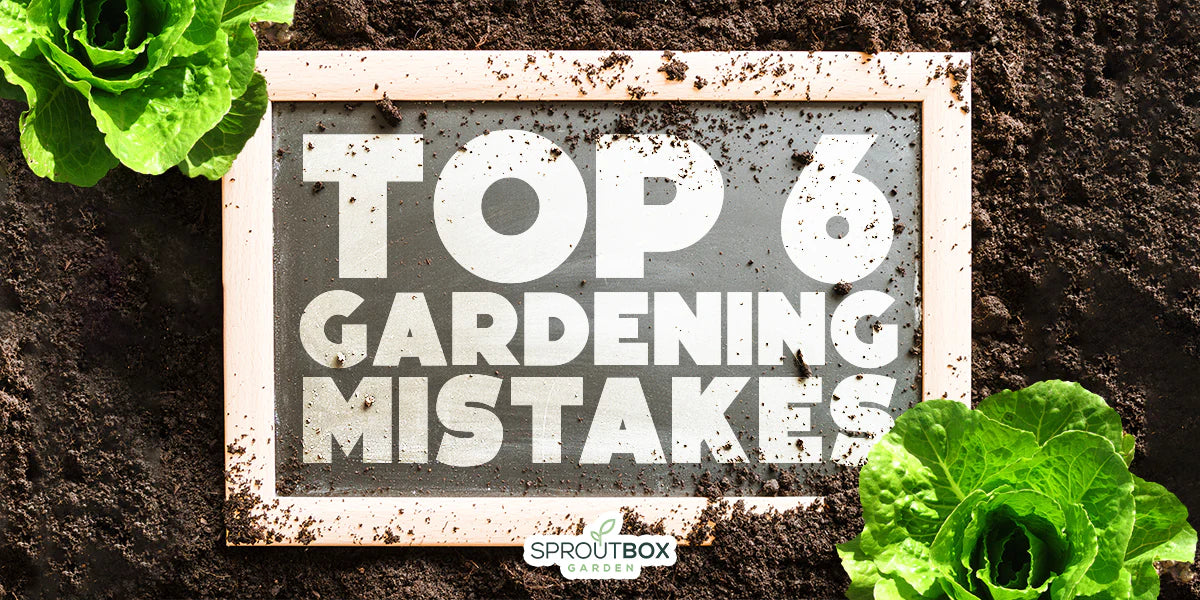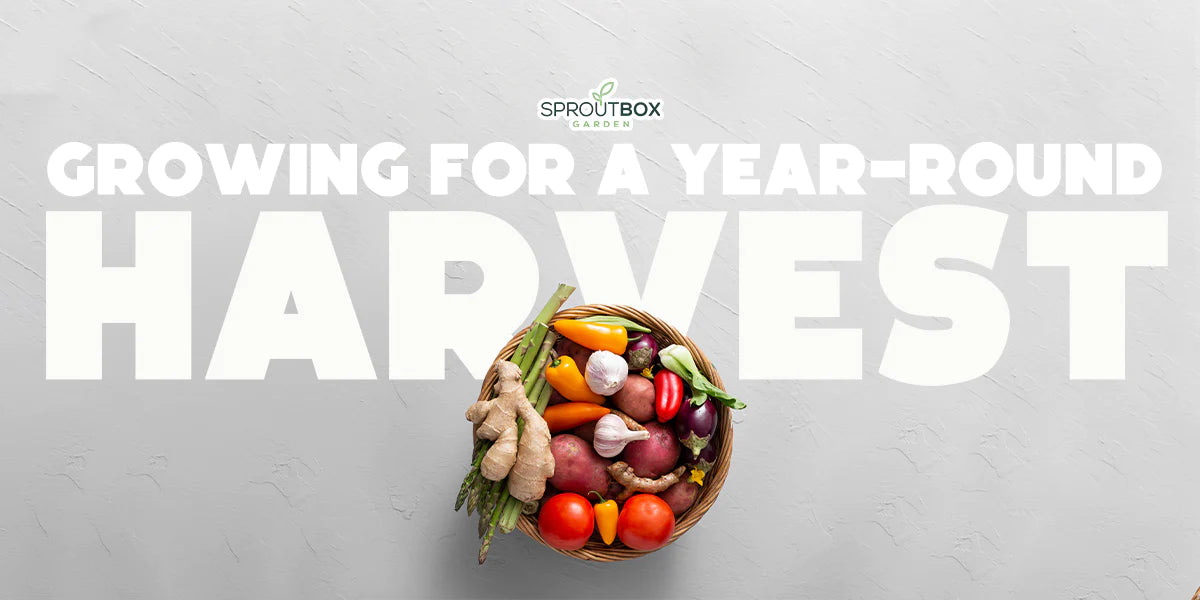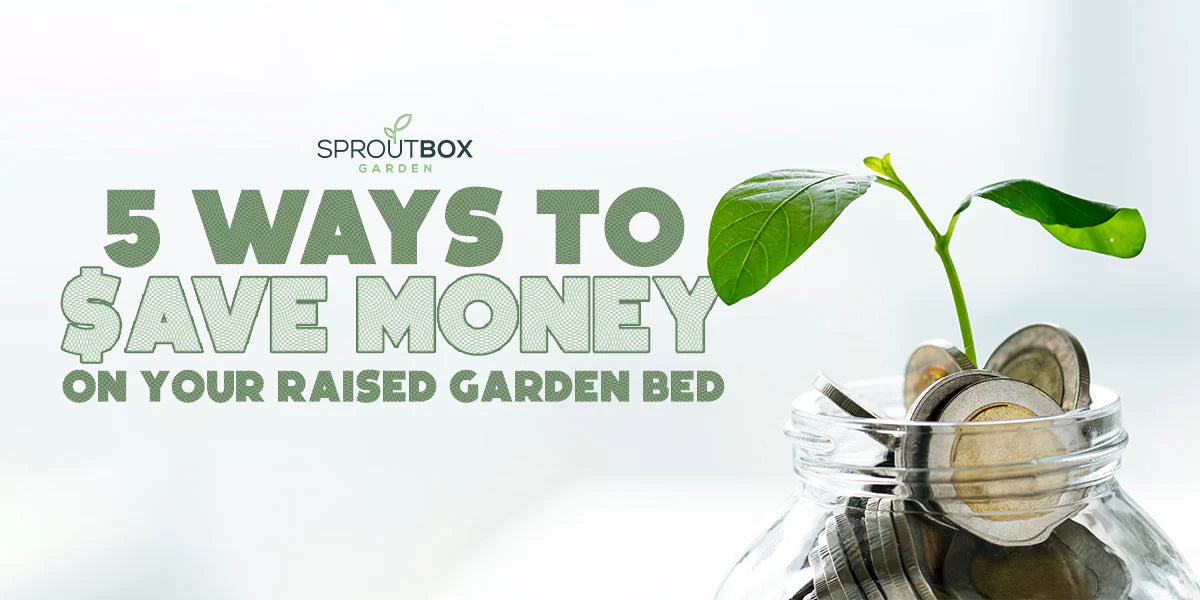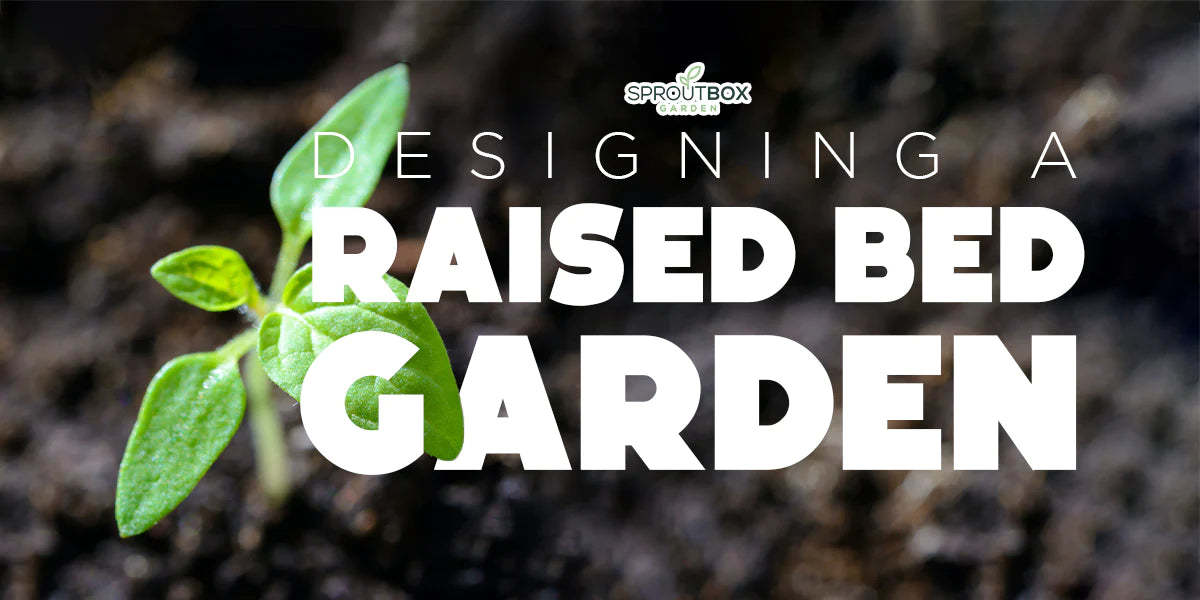August 12, 2024
How to Set Up Metal Raised Garden Beds: Step-by-Step Guide for Beginners
Setting up a metal raised bed can be a game-changer for your garden, providing better drainage, improved pest control, and a more organized growing space.
In this guide, we’ll walk you through each step to ensure your metal raised bed is perfectly set up for a bountiful harvest.
From preparing the ground to filling the bed with the right materials, we’ve got you covered with practical tips and expert advice.
1. Start with a Layer of Cardboard

The first step in setting up your raised bed is laying down a layer of cardboard. This is crucial because it helps block and kill off any existing grass, weeds, or other plants that might try to grow through your new garden bed.
-
How to do it: Lay down two to three overlapping layers of cardboard, ensuring every piece covers the edges well. This will take a bit longer to decompose, but it’s worth it to keep your bed weed-free.
-
Pro tip: If you have persistent tree roots or suckers invading your garden, consider putting down cement pavers before laying the cardboard. This will provide an additional barrier against those pesky roots.
2. Assemble Your Sproutbox Metal Raised Bed

Once your cardboard is in place, it’s time to set up your metal raised bed. Sproutbox Garden beds are incredibly easy to assemble, requiring no special tools.
-
How to do it: Start by connecting the panels with bolts, washers, and acorn nuts. Remember, the bolt goes through the outside, and the washer and nut go on the inside. Even kids can help with this part—it’s that simple!
-
Customizing your bed: Sproutbox offers extension kits that allow you to extend the length of your bed by 18 inches at a time. Whether you want a 6.5-foot bed or a 24-foot-long garden bed, you can easily adjust the size to suit your space.
3. Install Bracing Rods and Protective Strips

Before filling your bed with soil, there are a few finishing touches to add.
Bracing rods: These come with every 9-in-1 bed and prevent the sides of your bed from bowing out once filled with soil. Follow the instructions to place them correctly and secure them with the bolts.
Protective strip: This is a rubber strip that crimps onto the top edge of the bed, protecting you from sharp edges and preventing rust. Simply push it down as you work your way around the bed, and trim any excess with scissors.
4. Fill the Bed Using the Hügelkultur Method
Filling a raised bed can get expensive if you use high-quality soil for the entire depth. Instead, try the Hügelkultur method, which uses organic materials to fill the bottom portion of the bed.
-
Step 1: Start with a layer of branches, twigs, and sticks at the bottom. This organic matter will decompose over time, enriching the soil.

-
Step 2: Add a layer of old compost or potting mix to fill in the gaps between the branches. This prevents the soil from settling too much over time.

-
Step 3: Add a layer of old leaves. These add more organic matter and help fill the bed without needing to use too much expensive soil.

-
Step 4: Finish with your favorite soil blend. For best results, use a mix of 75% compost and 25% vermiculite. This blend provides excellent drainage and retains moisture, giving your plants the best chance to thrive.

5. Optional: Set Up Automatic Irrigation

Watering is essential, and setting up an automatic irrigation system can save you a lot of time and effort.
Why it’s worth it: Automatic irrigation systems ensure your plants get the right amount of water at the right times, even when you’re away. Set it to water every other day for about 25 minutes, and you’ll have healthy, happy plants.
6. Planting Your Garden

Finally, it’s time to plant! Whether you’re planting late-season crops like broccoli and cabbage or planning for the next season, here’s how to do it:
-
Spacing: Start about 6 inches from the side of the bed and plant your seedlings 12 inches apart.
-
Soil prep: In each planting hole, add a handful of worm castings and a tablespoon of 4-4-4 organic fertilizer to give your plants a strong start.
-
Planting: Place your seedlings into the holes, backfill with soil, and gently compact it around the plants.

Setting up a metal raised bed doesn’t have to be complicated. With these steps, you can quickly assemble your bed, fill it with the right materials, and get your garden off to a great start.
And if you’re ready to bring home your own metal raised garden bed, why not get a head start? Sign up for the Sproutbox Garden community below and enjoy $35 off your first order of metal raised garden beds and other gardening essentials. It’s the perfect way to kickstart your garden with a little extra savings.
Also, don’t forget to subscribe to Jordan Mara’s YouTube channel for more expert gardening tips and tutorials.
Happy gardening!






